Since China announced its aim to peak carbon dioxide emissions before 2030 and to achieve carbon neutrality before 2060, it has strived to meet the target by taking various measures.
Among all these measures, progress in science and technology is vital to providing strong impetus and long-term drive for the country.
LESS CARBON EMISSION
China has carried out nationwide actions to phase out and upgrade the outdated combustion facilities to cut air pollution and CO2 emission. By using more efficient catalysts and better industrial processes, CO2 emissions from combustion declined significantly.
According to a study reported by Guangming Daily on Wednesday, from 2013 to 2020, China's clean air actions on its energy use and CO2 emissions achieved an accumulative CO2 reduction of 2.43 billion tonnes. These actions saved a total of 1.06 billion tonnes of standard coal.
The accumulative CO2 reduction exceeded the accumulated CO2 emission increase of 2.03 billion tonnes during the same period.
In 2020 alone, the clean air actions saved 247 million tonnes of standard coal and cut 570 million tonnes of carbon dioxide, accounting for 5.5 percent of the country's total CO2 emissions that year.
Supported by advanced technology, chemical plants in China have started to cut their carbon emissions. In Shanghai in east China, there is already a refinery producing carbon-neutral products.
Gaoqiao Petrochemical, a Sinopec subsidiary in Shanghai, delivered the first batch of carbon-neutral refinery products made from 30,000 tonnes of crude oil, including gasoline, diesel, kerosene, and liquefied petroleum gas -- all carbon-neutral and certified by the Shanghai Environment and Energy Exchange.
The refinery has completed 53 pollution control projects between 2018 and 2020, significantly reducing the total emissions of major pollutants. The average emission concentration dropped to 23 percent of the sector's standard limit.
In 2021, it started projects such as colored smoke treatment, volatile organic compounds treatment, and ultra-low emission modification of heating furnaces to cut emissions more.
MORE CLEAN ENERGY
The less use of fossil fuels, such as petrol and coal, and more use of clean energy also play a significant role in this endeavor.
One of the latest clean energy progress came from China's coal-rich Shanxi Province. Chinese carmaker Geely delivered methanol hybrid sedans to the market in Shanxi's Jinzhong city at the end of August this year.
Thanks to the development of research, the corrosion effect of methanol on rubber products and non-ferrous metal materials has been solved, and carmakers have made breakthroughs in core technologies such as the use of methanol fuel.
The car's running cost per km is only 0.3 yuan (about 0.04 U.S. dollars), and its carbon emissions can be reduced by 8 tonnes every 10,000 km.
Geely's methanol-powered sedan and heavy truck also went to Denmark for test runs this March. It was the first time such vehicles ran in this European country.
According to National Energy Administration, the share of coal consumption in China fell from 65.8 percent in 2014 to 56 percent in 2021, the fastest decline in history. Meanwhile, the share of clean energy consumption rose from 16.9 percent to 25.5 percent in the same period, accounting for more than 60 percent of the increase in energy consumption.
MORE CARBON CAPTURE, UTILIZATION
Besides emission reduction, CO2 capture and utilization is another way to mitigate the influence of greenhouse gas.
On Aug. 29, 2022, Sinopec announced the completion of China's largest CO2 capture, utilization, and storage project. It is China's first million-tonne-scale project for such purpose, which can reduce CO2 emissions by 1 million tonnes per year, equivalent to planting nearly 9 million trees.
CO2 capture, utilization, and storage can achieve a win-win situation of increasing oil production and reducing carbon emissions. It is a new technology for low-carbon and efficient development of fossil energy, said Ma Yongsheng, chairman of Sinopec.
According to Ma, Sinopec captured 1.52 million tonnes of CO2 in 2021. During the 14th Five-Year Plan period (2021-2025), it plans to build two more pilot projects for CO2 capture, utilization, and storage in its oil fields.
The latest breakthroughs in chemical synthesis have turned CO2 into raw material for chemical products. According to a report by Science and Technology Daily this July, researchers from Hefei Institutes of Physical Science under the Chinese Academy of Sciences found a copper nanocrystal that can catalyze the production of liquid alcohols from CO2.
According to the study, the reaction can use electric energy to convert CO2 into desired products with a catalyst and reduce the CO2 in the air at the same time.
The breakthroughs in recent years also include a method of synthesizing starch from CO2, the first process of its kind globally, a protein production method using industrial exhaust gas that contains CO2, CO, and ammonia water, and a production method of formic acid by CO2 and water.









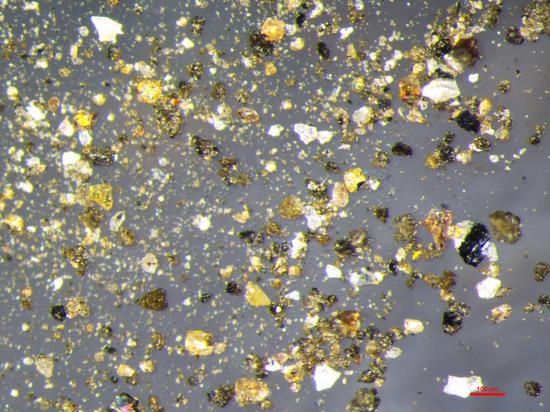
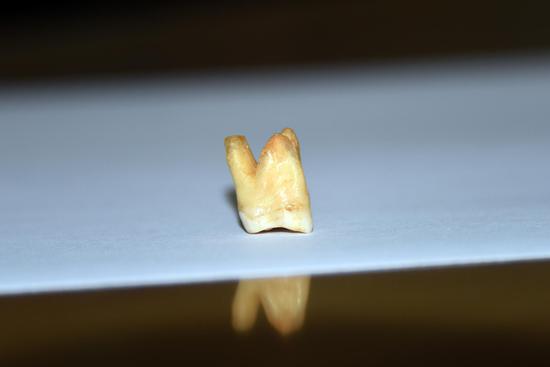






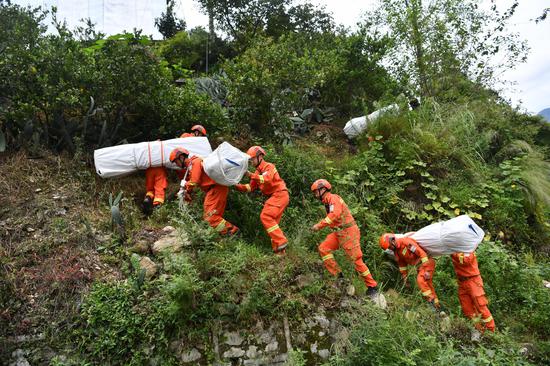
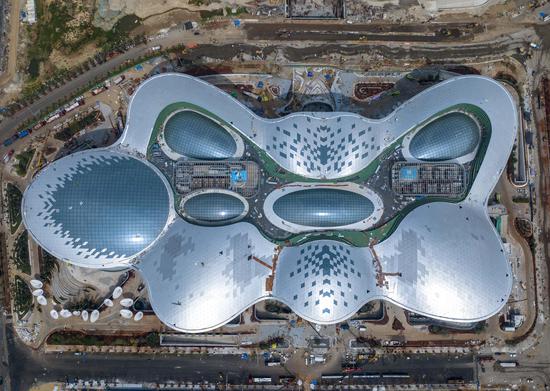
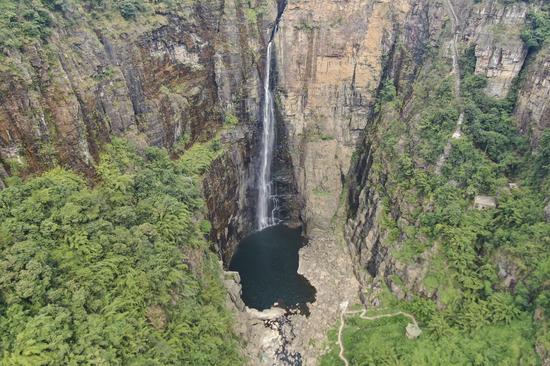


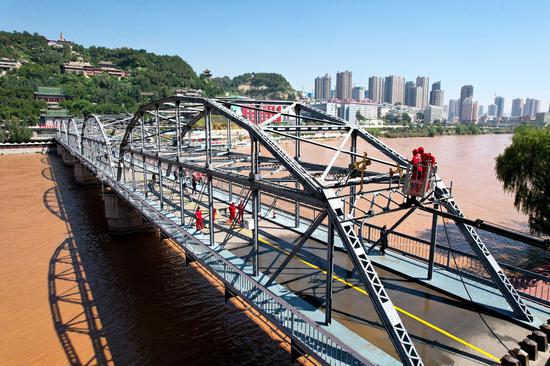
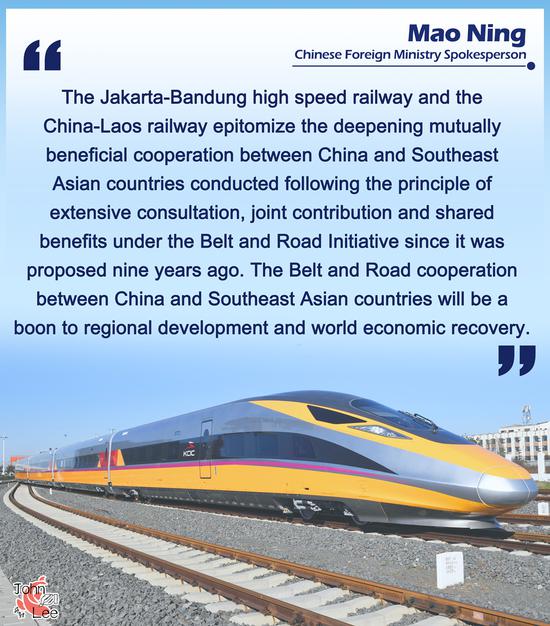







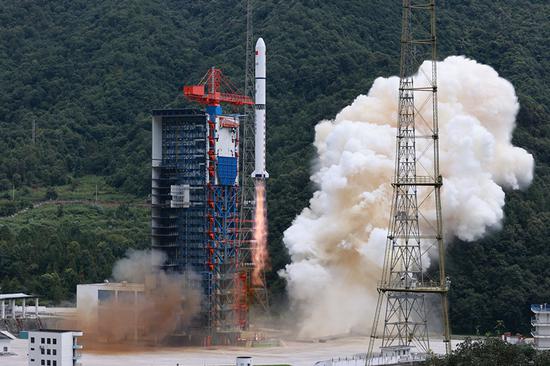



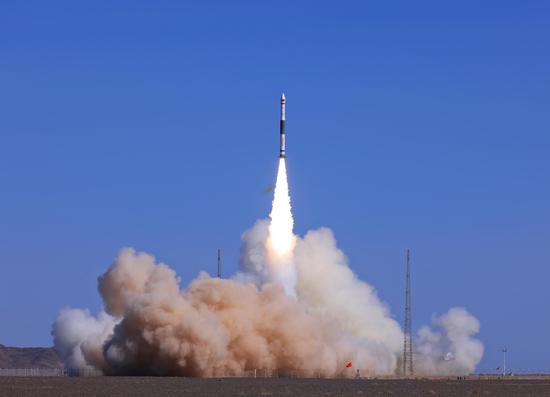








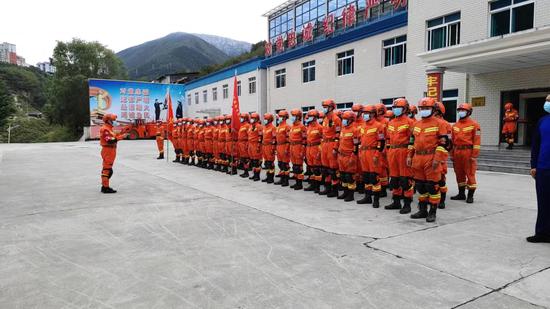





 京公網安備 11010202009201號
京公網安備 11010202009201號